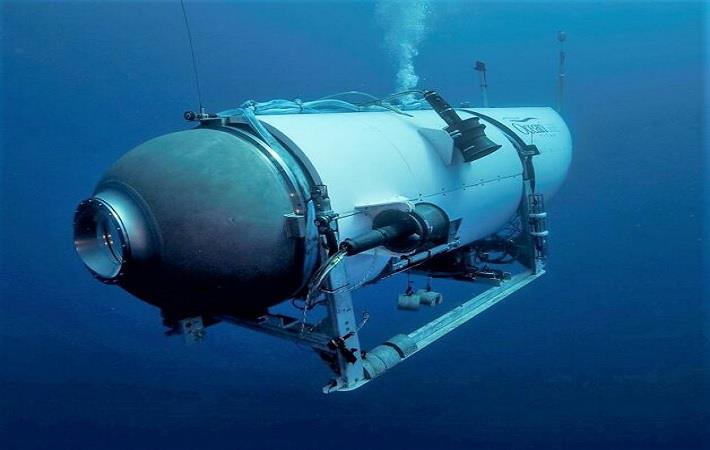Everett-based OceanGate has selected Toray Composite Materials America as a provider for the carbon fibre material that will be used in the company’s next-generation submersibles. OceanGate used carbon composite in the pressure vessel for its Titan submersible, which was designed to dive 4,000 metres for surveys of the 108-year-old wreck of the Titanic.
But last year, tests determined that Titan’s pressure vessel could not be certified for that depth. OceanGate decided to delay the Titanic trips until 2021 at the earliest, and build two new submersibles with carbon-fibre hulls that could be rated for visiting the shipwreck and even deeper destinations. The company is working with NASA’s Marshall Space Flight Centre in Alabama on development and manufacturing.Everett-based OceanGate has selected Toray Composite Materials America as a provider for the carbon fibre material that will be used in the company's next-generation submersibles. OceanGate used carbon composite in the pressure vessel for its Titan submersible, which was designed to dive 4,000 metres for surveys of the 108-year-old wreck of the Titanic.#
Production of the new pressure vessels is scheduled to begin this year, OceanGate said. In the meantime, the company plans on using Titan and two other submersibles for underwater expeditions.
Toray CMA is the world’s largest supplier of carbon fibre and the leader in providing fibres for numerous aircraft, including the Boeing 777 and 787. The company’s US head office is in Tacoma, Wash.
OceanGate CEO Stockton Rush said in a statement that Toray CMA “will play a critical role as we develop the next generation of manned submersible, to usher in a new era of exploration using aerospace-quality composites.”
Toray CMA’s vice president of industrial sales, Philip Schell, said the materials planned for OceanGate’s submersibles will be made for a target depth of 4,500 meters (14,763 feet) below sea level, where the hull will have to withstand pressures of 6,600 pounds per square inch.
“This project with OceanGate is one that not only allows us to use our materials in a new way, but to also provide technology that will help advance the understanding of our planet and the vast unexplored regions below the surface of Earth’s oceans,” Schell said.
Fibre2Fashion News Desk (SV)


